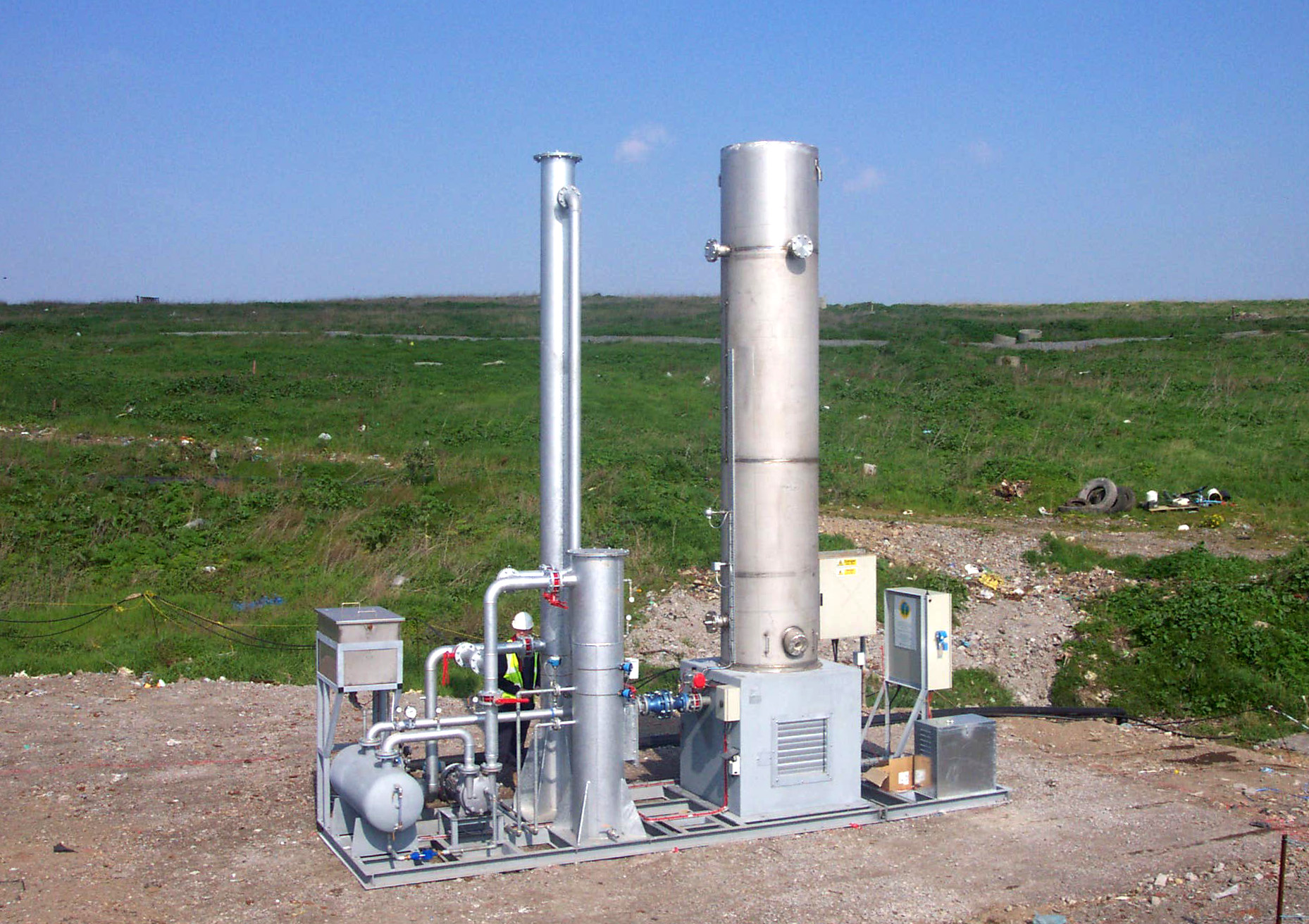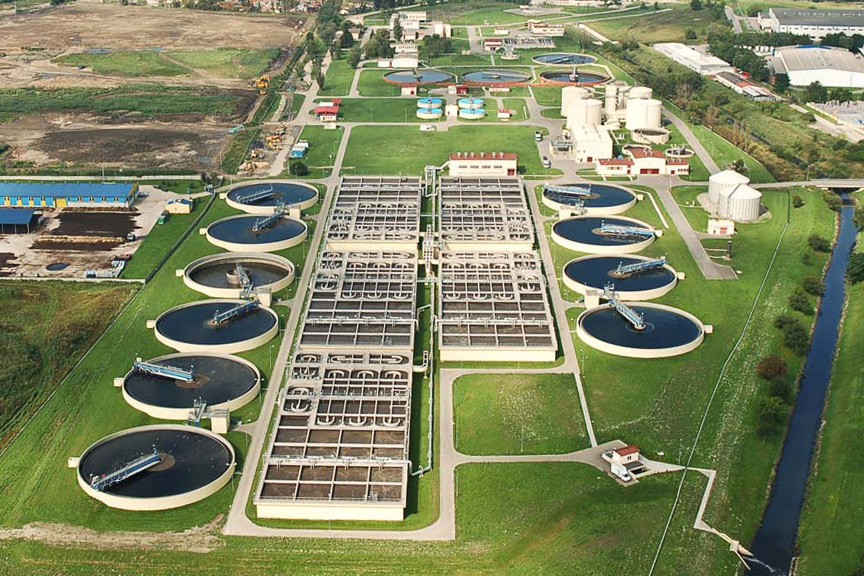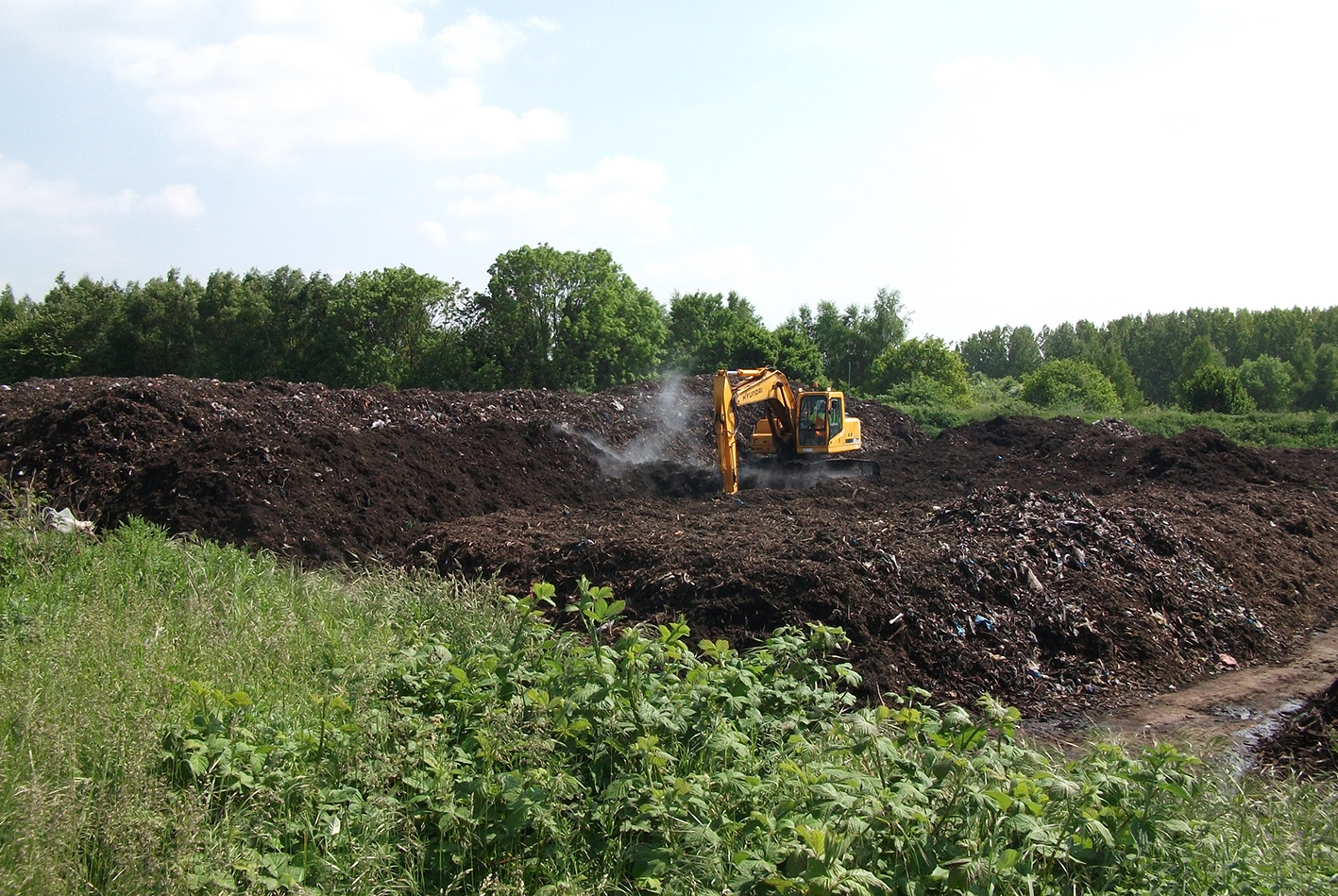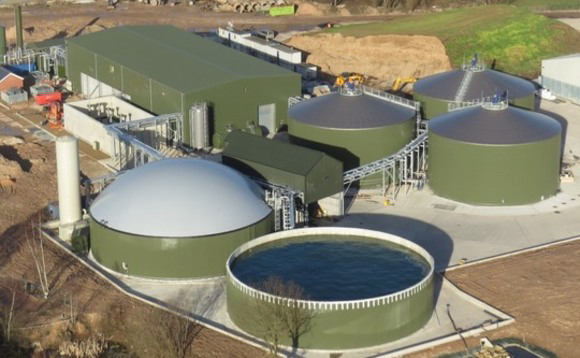Methane Emissions Monitoring

Whole-site Methane Emissions Monitoring
The University of Southampton operate a sophisticated, state-of-the-art emissions monitoring service that can accurately measure and quantify whole-site fugitive methane emissions from landfill and other sources.
The measuring technique employed, termed the Tracer Dispersion Method (TDM), utilises gas tracers released at the emission source and a high-precision gas analyser to simultaneously measure airborne concentrations of the tracer gas and landfill gas. Measurements are carried out off-site, downwind of the landfill, independent of site operations, and are rapid and accurate enough to allow daily variations in emissions, perhaps due to operational, meteorological and seasonal changes, to be measured.
TDM has considerable advantages over flux-chamber monitoring, and surveys can be performed at a similar cost. Whole-site surveys are more rapid and have a higher accuracy and, as monitoring is carried out off-site, access is not required to all parts of the landfill.
The technique can be used to identify area hotspots, methane sources not from the landfill and, where present, used to evaluate gas capture efficiencies from flare stacks and power generation plants.
The technique can also be used to quantify emissions from:
- Gas Engines and Flares
- Water Treatment Works
- Composting Plants
- Anaerobic Digestion Plants
For more information, please contact:
Dr Tristan Rees-White
+44 (0)7879 492 052
Or
Dr Richard Beaven
+44 (0)7702 363 392


Emissions from Engines & Flares Water Treatment Works


Composting Plants Anaerobic Digesters
